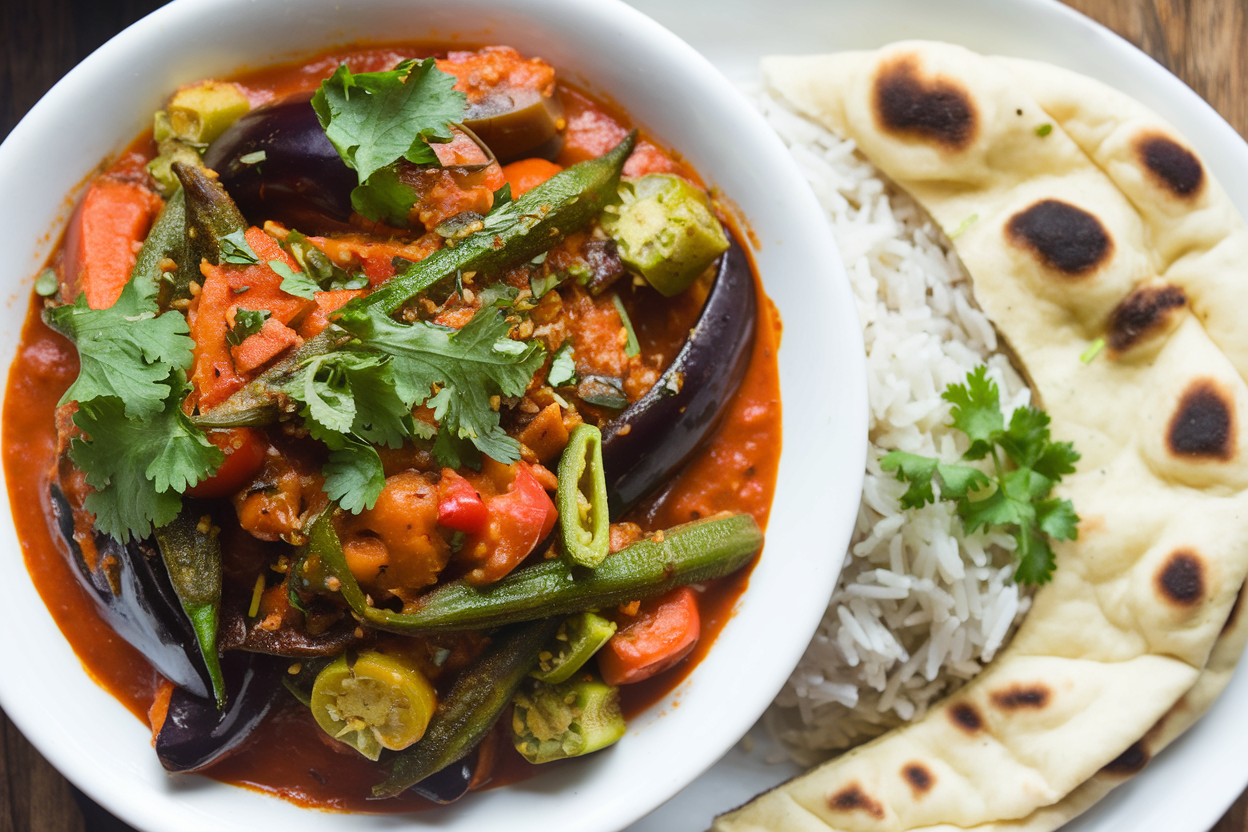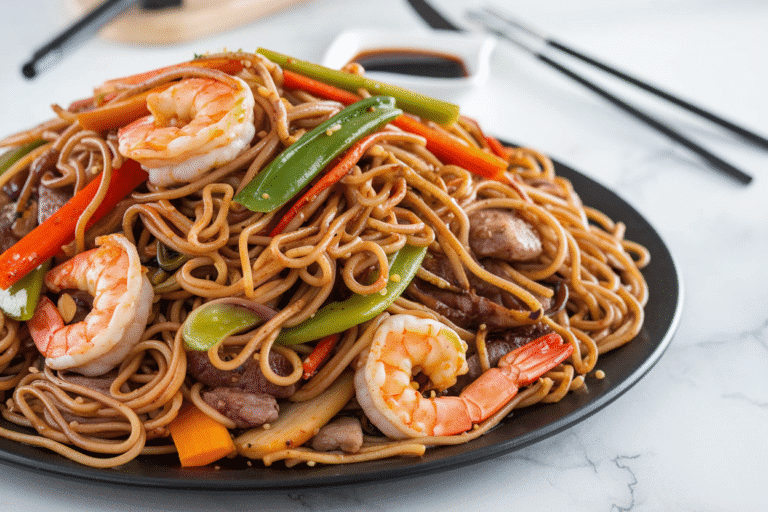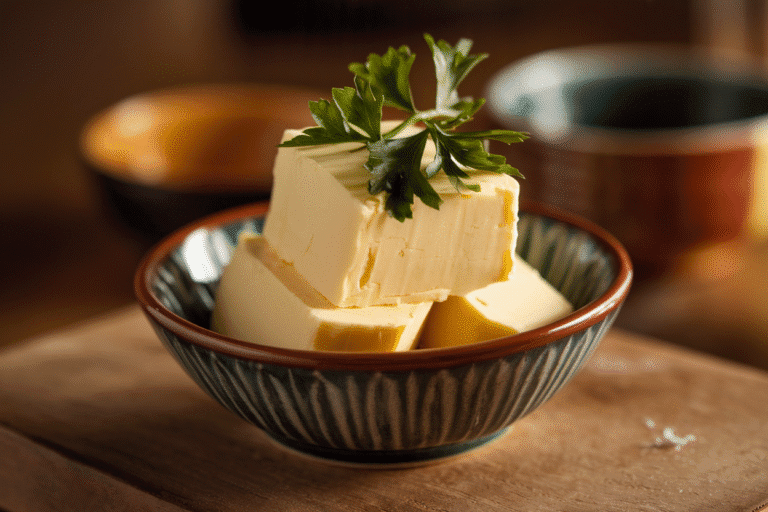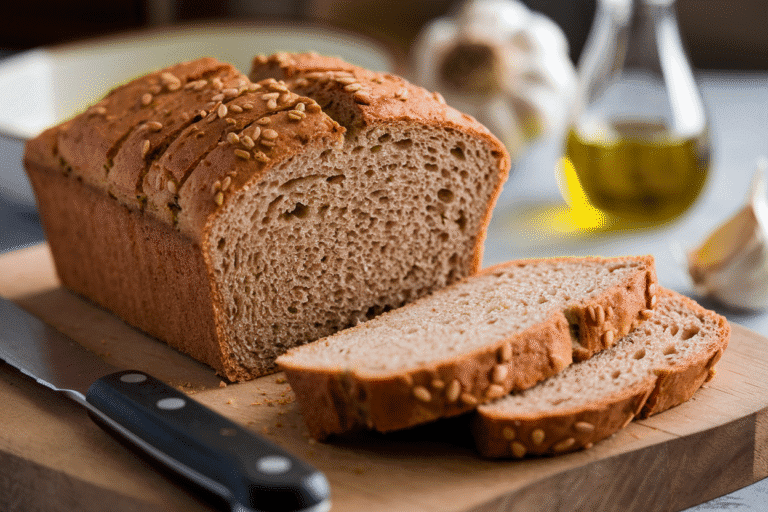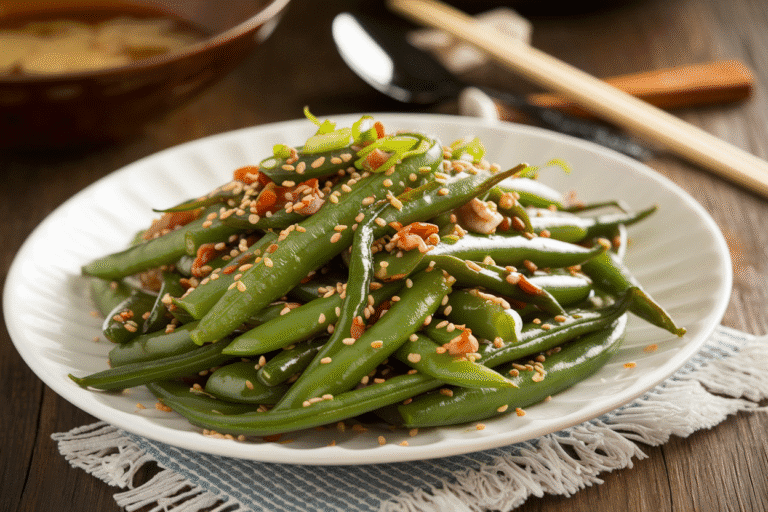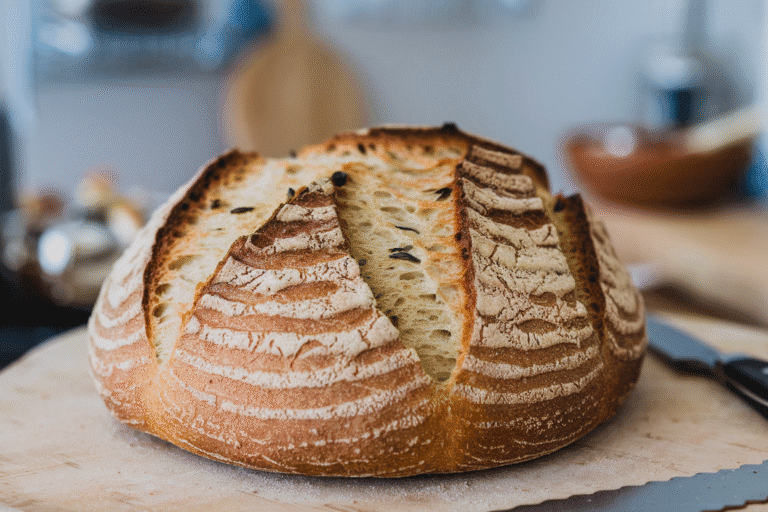“Sabzi Recipe Indian Foods” You’ll Cook on Repeat: A Flavor-Packed Home-Style Classic That Never Misses
You want a quick dinner that tastes like you tried—without actually trying? This sabzi recipe is the cheat code. It’s fast, versatile, and delivers that homestyle Indian flavor that makes you close your eyes and nod like a foodie sage.
No fancy tools, no chef flex—just spice, sizzle, and vegetables doing what they do best. If you’ve got 30 minutes and a pan, you’ve got a winner.
What Makes This Special
This isn’t a restaurant-style heavy curry. It’s a clean, everyday Indian sabzi—dry-ish, bright, and deeply aromatic—built for rotis, rice, or that leftover quinoa you’re pretending to enjoy.
The trick? tempering spices in hot oil to unlock flavor, then layering aromatics and vegetables so everything stays fresh and not mushy. It’s flexible too: swap veggies, tweak heat, and you still get a reliable, craveable plate.
Plus, it’s budget-friendly and meal-prep approved. The lineup is pantry-staple stuff, and the method scales easily.
Want to impress your mom, partner, or yourself? This is the move.
What You’ll Need (Ingredients)
- Vegetables: 2 cups mixed chopped veggies (potato, cauliflower, carrots, bell pepper, green beans, peas, zucchini—any combo works)
- Onion: 1 medium, finely chopped
- Tomato: 2 medium, finely chopped (or 1/2 cup canned crushed)
- Ginger-garlic: 1.5 teaspoons paste (or 1 tsp each freshly minced)
- Green chili: 1, slit or chopped (optional but recommended)
- Oil or ghee: 2 tablespoons
- Cumin seeds: 1 teaspoon
- Mustard seeds: 1/2 teaspoon (optional, for extra pop)
- Turmeric powder: 1/2 teaspoon
- Coriander powder: 2 teaspoons
- Red chili powder: 1/2 to 1 teaspoon (to taste)
- Garam masala: 1/2 teaspoon
- Kasuri methi (dried fenugreek leaves): 1 teaspoon, crushed
- Salt: to taste
- Water: 2–4 tablespoons (as needed to steam)
- Lemon juice: 1–2 teaspoons
- Fresh cilantro: 2 tablespoons, chopped
Instructions
- Prep your veg smart: Cut firm veggies (potato, carrot, cauliflower) into small, even pieces so they cook evenly. Softer veg (zucchini, bell pepper) can be slightly larger.
- Heat and temper: Warm oil or ghee in a wide pan on medium.
Add cumin seeds (and mustard seeds if using). When they crackle and smell nutty, you’re winning.
- Aromatics go in: Add onion and a pinch of salt. Sauté until lightly golden.
Stir in ginger-garlic and green chili; cook 30–45 seconds till the raw smell chills out.
- Spice base: Sprinkle turmeric, coriander powder, and red chili powder. Stir 10 seconds so the spices bloom without burning.
- Tomato time: Add tomatoes and cook until they break down and the oil starts to separate at the edges. This is your flavor foundation—don’t rush it.
- Veggies in: Toss in the mixed vegetables and salt.
Coat them with the masala so every piece gets attention.
- Steam to tender: Add 2–4 tablespoons water, cover, and cook on medium-low. Stir every few minutes. If it’s sticking, add a spoon of water.
Cook until tender but not mushy.
- Finish strong: Sprinkle garam masala and crushed kasuri methi. Stir gently and cook 1–2 minutes uncovered to let flavors marry.
- Brighten: Turn off heat. Add lemon juice and cilantro.
Taste and adjust salt, chili, or lemon. Serve hot.
- Pair it: Roti, paratha, steamed rice, or jeera rice. Also elite in wraps or as a toast topping, FYI.
Preservation Guide
- Fridge: Store in an airtight container for up to 3–4 days.
Reheat on a pan with a splash of water or in the microwave covered.
- Freeze: Yes, for up to 2 months—avoid high-water veg like zucchini if freezing. Cool fully, portion, and freeze. Thaw overnight and reheat gently.
- Meal prep tip: Par-cook firm veggies and refrigerate.
Finish with spices and tomatoes fresh for best texture.
- Avoid sogginess: Don’t overdo water during reheat. A teaspoon or two is enough.
What’s Great About This
- Weeknight-ready: 30 minutes, single pan, zero drama.
- Nutritious: Fiber, vitamins, and no heavy cream hangover.
- Customizable: Any veggie combo, any spice level, still delicious.
- Budget-friendly: Pantry spices + seasonal produce = win.
- Great for beginners: Simple technique with pro-level payoff.
Don’t Make These Errors
- Piling in too much water: This is a semi-dry sabzi, not a soup. Minimal water keeps flavor concentrated.
- Skipping the tempering: Whole spices in hot oil are non-negotiable.
That’s the aroma bomb.
- Overcooking veggies: Mushy sabzi is a crime. Keep a little bite.
- Adding garam masala too early: It turns flat and bitter if overcooked. Add at the end.
- Forgetting acid: Lemon juice at the finish lifts everything.
Don’t skip the sparkle.
Recipe Variations
- Aloo-Gobi Sabzi: Use mostly potato and cauliflower. Add 1/2 teaspoon amchur (dry mango powder) for tang.
- Paneer Veg Mix: Add 1 cup paneer cubes in the last 3 minutes. Sear separately for golden edges if you’re fancy.
- South-Style Twist: Use mustard seeds, curry leaves (8–10), and grated coconut at the end.
Swap garam masala for 1/2 tsp sambar powder.
- Spinach Boost: Stir in 2 cups chopped spinach in the last 2 minutes. Cook just until wilted. Iron upgrade unlocked.
- Chana Power: Add 1 cup boiled chickpeas with the veggies.
More protein, more satiety.
- No-Tomato Version: Use 2 tablespoons yogurt whisked smooth; add after the veggies are nearly done, heat on low to avoid splitting.
- Low-Oil Option: Use 1 tablespoon oil and a nonstick pan. Still solid, IMO.
FAQ
Can I use frozen vegetables?
Yes. Use a hot pan and don’t thaw fully—just break up clumps.
Cook uncovered for a minute to evaporate extra moisture, then proceed as usual.
What if I don’t have garam masala?
Mix 1/4 teaspoon each ground cumin, coriander, and a pinch of clove or cinnamon. Not identical, but close enough for weeknight greatness.
How do I make it spicier without burning?
Add fresh green chilies at the start and a pinch of red chili powder near the end. You get heat plus brightness without bitterness.
Can I make this oil-free?
Use a splash of water to bloom spices and sauté onions, but expect less depth.
A teaspoon of oil at tempering gives disproportionate flavor payoff.
Why did my sabzi turn soggy?
Too much water or lid time. Add minimal water, stir occasionally, and uncover for the last few minutes to let moisture evaporate.
Which spices are absolutely essential?
Cumin seeds, turmeric, coriander powder, and something for heat. Garam masala and kasuri methi are bonuses that make it taste “restaurant-good.”
What’s the best oil to use?
Neutral oils like sunflower, peanut, or canola.
Ghee adds richness. Mustard oil (smoked to reduce pungency) gives a North Indian vibe.
How do I scale for a crowd?
Double everything, but use a wider pan or cook in batches so the veggies sauté, not steam. Crowded pans = sad texture.
Can I add protein without changing the vibe?
Yes—paneer, tofu, chickpeas, or even boiled eggs halved and folded in at the end.
Keep the seasoning the same.
What do I serve it with?
Roti, paratha, jeera rice, or dal and rice for a complete plate. It’s also excellent in wraps with yogurt and pickled onions.
My Take
This sabzi recipe is my go-to “I need real food, fast” move. It respects vegetables, doesn’t drown them, and delivers that unmistakable Indian home flavor without the complexity tax.
Play with the veg mix based on what’s in your fridge and don’t overthink it. Nail the tempering, finish with lemon, and you’ll wonder why you ever ordered takeout for something this simple and satisfying.
